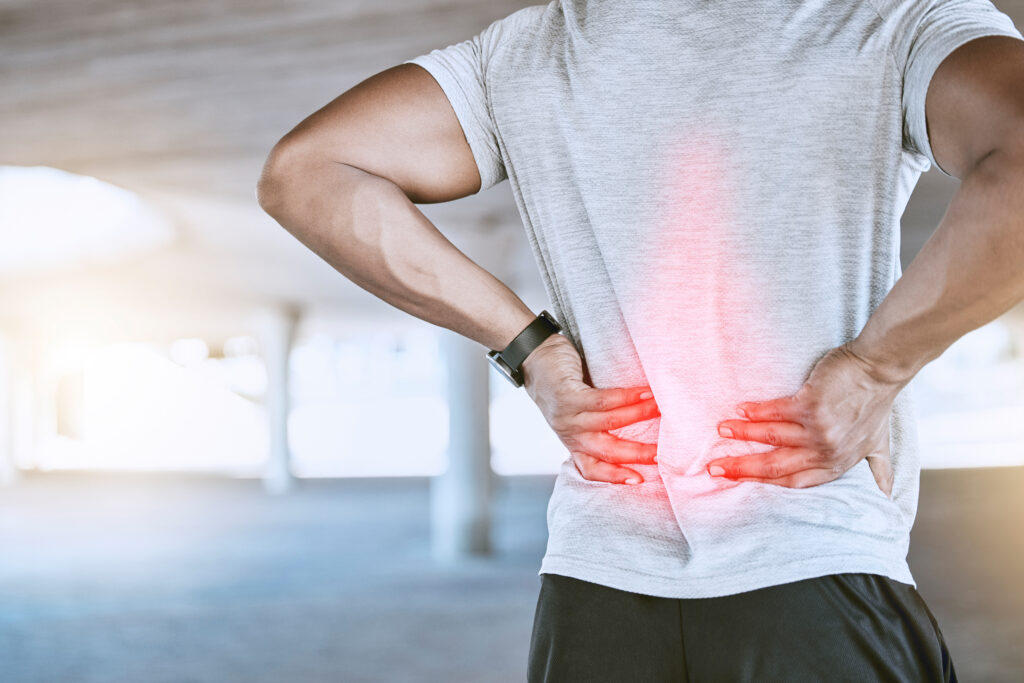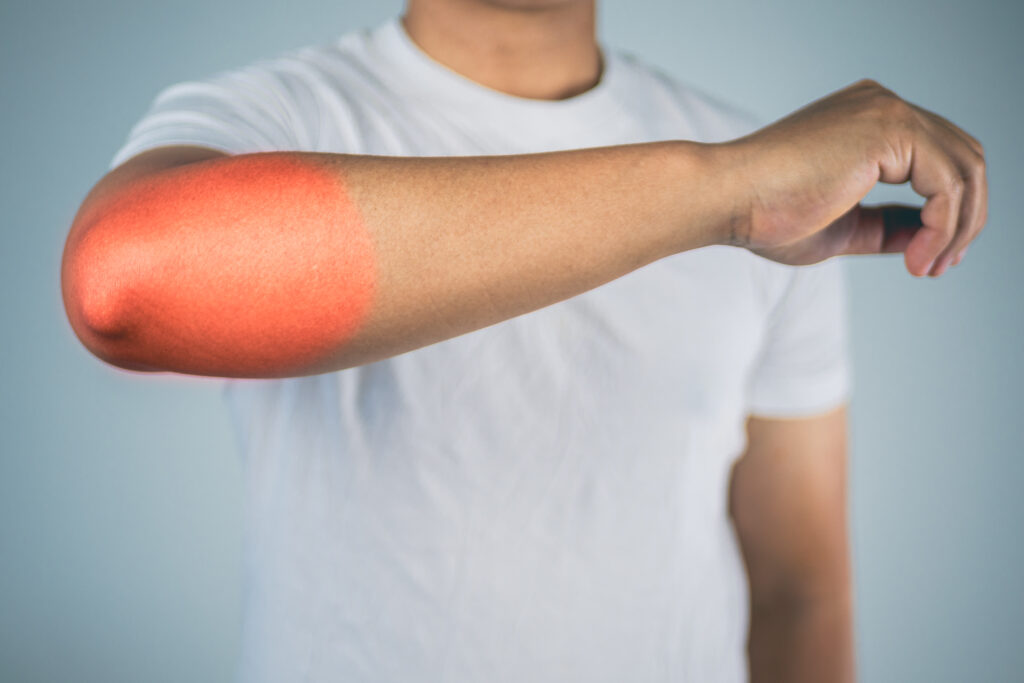If you're struggling with lower back pain, you're not alone, and there are effective strategies you can implement today. By focusing on proper posture, incorporating gentle stretches, and utilizing heat or cold therapy, you can start to ease discomfort almost immediately. Staying active with low-impact activities and strengthening your core can also make a significant difference. But, there's more to explore that can enhance your relief and improve your overall well-being. Curious about how simple adjustments in your routine can lead to lasting comfort?
Maintain Proper Posture
Maintaining proper posture is vital for preventing and alleviating lower back pain. When you sit or stand with good posture, you distribute your body weight evenly, reducing strain on your spine and muscles. Start by aligning your ears, shoulders, and hips in a straight line. This alignment helps maintain the natural curves of your spine, giving it the support it needs.
While sitting, keep your feet flat on the floor and your knees bent at a right angle. Use a chair that supports your lower back, or consider placing a cushion to help maintain the curve of your spine. If you work at a desk, position your computer screen at eye level to avoid slouching. Remember to sit up straight, keeping your shoulders relaxed and your back fully supported.
When standing, keep your weight evenly distributed between both feet. Avoid locking your knees and try to engage your core muscles. This engagement not only supports your lower back but also improves your overall stability and balance.
If you find yourself frequently hunched over a phone or tablet, take breaks to stretch and reset your posture. Set reminders to check in with your body throughout the day.
Incorporate Stretching Exercises
How can incorporating stretching exercises into your routine help alleviate lower back pain? Stretching improves flexibility and mobility, which can reduce tension in your lower back. When you stretch, you increase blood flow to the muscles, promoting healing and reducing stiffness. This can be especially beneficial if you spend long hours sitting or standing in one position.
Start by integrating gentle stretches that target the muscles surrounding your lower back. Simple moves like the cat-cow stretch, child's pose, or knee-to-chest stretch can do wonders. These exercises not only help relieve pain but also enhance your overall posture, making it easier to avoid future discomfort. Aim to stretch for at least 10-15 minutes daily, focusing on slow, controlled movements.
Remember to listen to your body while stretching. If a particular stretch causes pain, ease off or modify the movement. You should feel a gentle pull, not sharp discomfort. Consistency is key, so try to incorporate stretching into your morning or evening routine. You might also consider pairing stretching with deep breathing techniques to further relax your muscles.
As your flexibility improves, you'll likely notice a decrease in lower back pain, allowing you to engage in daily activities with greater ease. So grab a mat, and commit to those stretches — your back will thank you!
Use Heat and Cold Therapy
When you're dealing with lower back pain, using heat and cold therapy can provide significant relief.
Heat therapy helps relax tight muscles and improve blood flow, while cold therapy can reduce inflammation and numb sharp pain.
Knowing when to alternate between these methods can make a big difference in your recovery.
Benefits of Heat Therapy
Many people find relief from lower back pain through heat therapy, which can effectively soothe tight muscles and improve blood circulation.
Applying heat to your lower back helps relax tense muscles and reduces stiffness, making it easier for you to move freely and comfortably.
You can use various heat sources, such as a heating pad, hot water bottle, or warm towel. Even a warm bath can provide significant relief. Just make sure the temperature is warm but not too hot to avoid burns.
Heat therapy also encourages blood flow to the affected area, promoting faster healing and reducing inflammation. This enhanced circulation delivers essential nutrients and oxygen to your muscles, aiding recovery after strain or injury.
For best results, you can combine heat therapy with gentle stretching exercises. This combination can further alleviate pain and improve your overall mobility.
Remember to apply heat for about 15 to 20 minutes at a time, allowing your body to absorb its benefits fully.
Cold Therapy Techniques
Cold therapy can be an effective method for managing lower back pain, especially when used alongside heat therapy. Applying cold packs or ice can help reduce inflammation and numb sharp pain.
To get started, find an ice pack or a bag of frozen vegetables wrapped in a towel to protect your skin. Apply the cold pack to the affected area for about 15 to 20 minutes. Make sure to take breaks between applications to avoid skin irritation. You can repeat this process several times a day, especially after any activity that aggravates your pain.
If you don't have an ice pack handy, consider a cold compress or a damp washcloth placed in the freezer for a short time. Just remember, never apply ice directly to your skin, as it can cause frostbite.
Cold therapy might also be beneficial after physical activity or if you've been sitting for long periods. It's a quick way to ease tension and discomfort.
When to Alternate
To effectively manage lower back pain, knowing when to alternate between heat and cold therapy is essential. Cold therapy is great for acute injuries, like a recent strain or sprain. It helps reduce inflammation and numb the area, so apply ice for about 15-20 minutes every hour during the first 48 hours after the injury.
After this initial period, you can switch to heat therapy. Heat promotes blood flow and relaxes tight muscles, making it effective for chronic pain or stiffness. Use a heating pad or a warm towel for about 20-30 minutes at a time.
If you're unsure when to switch between the two, consider your symptoms. If you feel swelling or sharp pain, stick with cold therapy. If your muscles are tight or you experience soreness, heat may be the better option.
You can also alternate between heat and cold therapy, using each for 15-20 minutes as needed. Just remember not to apply either directly to your skin—always use a cloth barrier.
Stay Active With Low-Impact Activities
Staying active is essential for managing lower back pain, and low-impact activities can make a big difference.
Walking, stretching, swimming, and practicing yoga not only help maintain flexibility but also strengthen your back muscles.
Incorporating these activities into your routine can promote healing and improve your overall well-being.
Walking and Stretching
While managing lower back pain can feel intimidating, incorporating walking and stretching into your routine can greatly alleviate discomfort.
Walking is a low-impact exercise that promotes circulation and strengthens your core muscles, which support your spine. Aim for at least 20 to 30 minutes of walking each day. Start at a comfortable pace and gradually increase your speed as you feel more at ease.
Stretching is equally important. It helps improve flexibility and reduce tension in your back muscles. Simple stretches like the cat-cow stretch, knee-to-chest, and hamstring stretch can provide relief. Make sure to hold each stretch for about 15 to 30 seconds and breathe deeply, allowing your muscles to relax.
Combine walking and stretching for a balanced approach to alleviating lower back pain. You might find it helpful to set a daily reminder for your walks and stretches, making them an integral part of your routine.
Remember, consistency is key. By staying active and listening to your body, you'll not only relieve pain but also promote overall well-being.
Don't hesitate to consult with a healthcare professional before starting any new exercise program, especially if your pain persists.
Swimming Benefits
Swimming offers a fantastic way to stay active and manage lower back pain without putting excessive strain on your body. The buoyancy of water supports your weight, allowing you to move freely and comfortably.
Whether you're a seasoned swimmer or a beginner, incorporating swimming into your routine can provide numerous benefits for your back health.
Here are four key advantages of swimming for lower back pain relief:
- Strengthens Muscles: The resistance of water helps to build and strengthen the muscles surrounding your spine, providing better support.
- Improves Flexibility: Swimming encourages a full range of motion, which can enhance flexibility in your back and hips, reducing stiffness.
- Reduces Stress: The rhythmic nature of swimming can be meditative, helping to lower stress levels that may contribute to muscle tension.
- Promotes Cardiovascular Health: Engaging in swimming boosts your overall fitness, supporting a healthy heart, which is crucial for maintaining an active lifestyle.
Yoga and Flexibility
Incorporating yoga into your routine can greatly enhance flexibility and alleviate lower back pain. Yoga focuses on stretching and strengthening your body, which helps improve your range of motion. By practicing regularly, you'll notice a decrease in tension and stiffness in your lower back.
Start with gentle poses like Child's Pose or Cat-Cow to warm up your spine. These stretches encourage mobility and reduce discomfort. As you progress, include poses like Downward Dog and Cobra, which strengthen your back and core muscles.
Remember to listen to your body and avoid pushing yourself too hard—it's about finding a balance. Breathing deeply during your practice also plays a vital role. It helps you relax and enhances the benefits of each stretch.
If you're unsure where to begin, consider following online classes or joining a local yoga studio. Many classes cater to different skill levels, ensuring you find one that suits your needs.
Staying consistent with your yoga practice can lead to long-term relief from lower back pain. So, roll out your mat, take a deep breath, and enjoy the journey toward a more flexible, pain-free back!
Strengthen Core Muscles
Strengthening your core muscles is essential for relieving lower back pain and enhancing overall stability. A strong core supports your spine and helps distribute the stresses of everyday activities, reducing the risk of injury.
If you want to strengthen your core effectively, consider incorporating the following exercises into your routine:
- Planks: Start in a push-up position, keeping your body straight from head to heels. Hold this position for 20-30 seconds, focusing on engaging your core muscles.
- Bridges: Lie on your back with your knees bent and feet flat on the ground. Lift your hips towards the ceiling, squeezing your glutes and engaging your core. Hold for a few seconds before lowering.
- Russian Twists: Sit on the floor with your knees bent. Lean back slightly and lift your feet off the ground. Twist your torso side to side, tapping the floor beside you. This targets your obliques and strengthens your entire core.
- Bird-Dogs: Start on your hands and knees. Extend one arm forward while extending the opposite leg back, keeping your body balanced and stable. Alternate sides for a full-body workout that engages your core.
Incorporating these exercises into your weekly routine can enhance your core strength, alleviate lower back pain, and improve your overall posture.
Consider Ergonomic Furniture
After building a strong core, it's important to address your environment, especially if you spend long hours sitting. Ergonomic furniture can play an essential role in alleviating lower back pain by promoting better posture and providing support where you need it most. Investing in an ergonomic chair, for instance, can help maintain the natural curve of your spine, reducing strain on your back muscles.
When choosing an ergonomic chair, look for adjustable features like seat height, lumbar support, and armrests. You should be able to position your chair so your feet rest flat on the floor and your knees are at a 90-degree angle. This setup encourages proper alignment, which can greatly reduce discomfort over time.
Don't stop at chairs; consider your desk as well. An adjustable standing desk allows you to alternate between sitting and standing, giving you the freedom to change positions throughout the day. This variation can help decrease the pressure on your lower back and improve circulation.
Additionally, accessories like lumbar cushions or seat wedges can provide extra support and comfort. These small adjustments can make a significant difference in how your back feels during and after your workday.
Ultimately, the right ergonomic furniture can create a workspace that not only supports your body but also enhances your productivity. So take the time to assess your environment and make changes that promote your health and comfort. Your back will thank you!
Practice Mindfulness and Relaxation Techniques
Amidst the hustle and bustle of daily life, practicing mindfulness and relaxation techniques can be a game changer for alleviating lower back pain. When you incorporate these methods, you'll not only find a sense of calm but also reduce tension in your muscles, which may help ease your discomfort.
Here are four effective techniques to get you started:
- Deep Breathing: Take a moment to sit comfortably and inhale deeply through your nose. Let your abdomen expand fully, then exhale slowly through your mouth. Repeat this for five minutes. You'll notice a profound sense of relaxation washing over you.
- Body Scanning: Lie down in a quiet space and focus on each part of your body, starting from your toes and moving up to your head. Acknowledge any tension and consciously relax those areas. This can help you identify where your stress is manifesting physically.
- Guided Meditation: Use an app or online resource for guided meditation focused on pain relief. Listening to soothing voices can help redirect your thoughts from discomfort to tranquility.
- Gentle Stretching: Incorporate slow, mindful stretches into your routine. Focus on your breath as you stretch, paying attention to how each movement feels. This can help release tightness in your lower back.
Conclusion
By following these tips, you can effectively relieve lower back pain today. Remember to maintain proper posture, incorporate stretching, and use heat or cold therapy. Staying active with low-impact activities and strengthening your core will also help. Consider investing in ergonomic furniture to support your spine, and don't forget to practice mindfulness for relaxation. If your pain persists, don't hesitate to consult a professional. Take charge of your back health and enjoy a more comfortable, active life!



